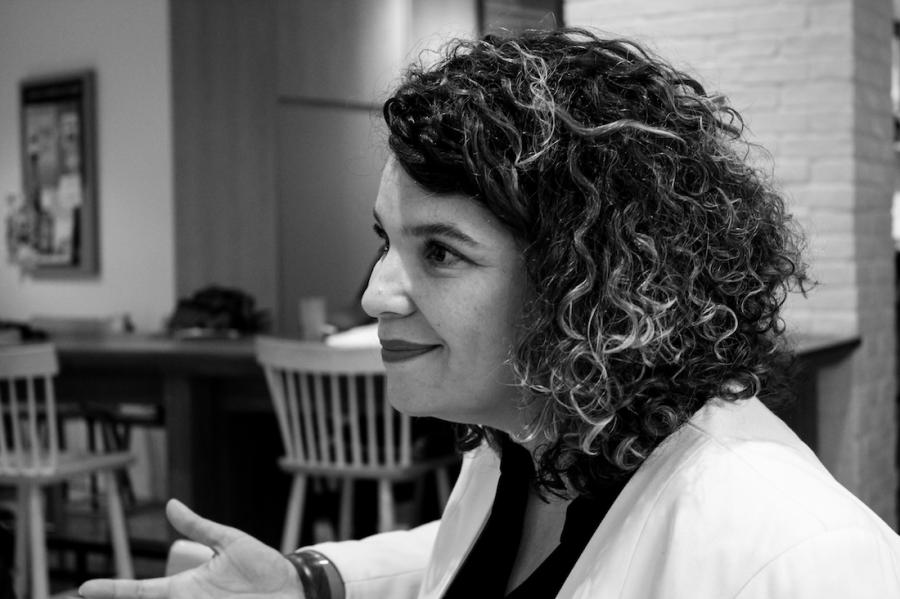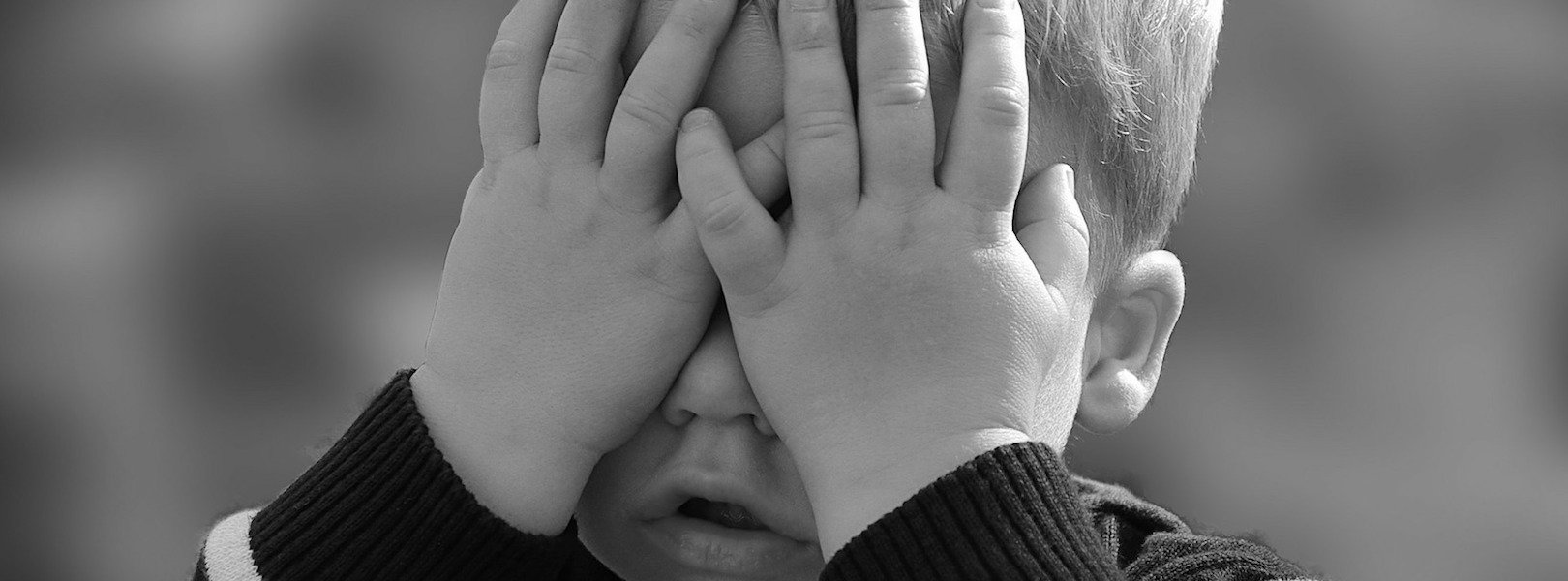To learn more about the editorial policy of Les 3 sex* and the selection process for articles, click here.
☛ Cette chronique est aussi disponible en français [➦].
Is there ever a good time to talk to children about sexual abuse? No.
Does that mean we shouldn’t talk about it? Definitely not.
As sexologists (or future sexologists), we must participate in this discussion, however uncomfortable it may be. We must make institutions, the general public, our colleagues, and all those around us aware of this problem. We owe it to ourselves to work together to create and put in place effective measures to prevent and combat child sexual abuse.
However, the inclusion of all professionals who have frequent contact with children (for example, those who work in schools and healthcare) is essential. They must be made aware of this reality and be included in the development and implementation of strategies against child sexual abuse.
The first part of this two-part article seeks to open up a discussion by highlighting the urgency to act.
Child Sexual Abuse: Is it Common?
To fully understand the problem of sexual abuse against minors, Les 3 sex* interviewed Latifa Boujallabia, a sexologist, and psychotherapist, an expert in this field.

She lectures at the Université de Laval and the Université du Québec à Montréal focusing on sexual victimization and also offers training to various organizations and professionals on the issue. She also operates a private office as a clinical sexologist. In addition, Mrs. Boujallabia worked for ten years at the Centre d’expertise Marie-Vincent with children who are victims of sexual abuse and developed expertise in non-suggestive questioning for police investigations.
First of all, is the sexual abuse of children a common problem?
Unfortunately, according to Mrs. Boujallabia, the extent of this problem is unknown and underestimated. Indeed, the few cases portrayed in the media are far from representing the extent of this problem that persists in our society. Almost 16% of the Quebec population, about a quarter of women, and a tenth of men report being the victims of sexual assault before the age of eighteen (Tourigny et al., 2008). Victims ages eighteen and under represented more than half (53.4%) of all sexual offences recorded by Quebec police services in 2010 (Ministry of Public Security, 2016). However, experts agree that this does not represent the true rate of sexual assault victims. By comparing the prevalence rate with the incidence rate, the General Social Survey on Victimization (2015) estimates that only 5-10% of sexual assaults are reported in Canada.
Therefore, the known rate of sexual abuse against children in Quebec and in Canada is only the tip of an immense iceberg, according to Mrs. Boujallabia.
It is important to note that girls are twice as likely to be sexually assaulted before the age of 18 (Tourigny et al., 2008). Still, the myth that boys are not victims must not be perpetuated (Chapleau et al., 2008). In fact, boys of all ages represent 14% of sexual assault victims (Ministry of Public Safety, 2013). In addition, boys ages 12 and under are more likely to be victims of assault compared to girls of the same age. More specifically, they represent 58.9% of sexual assault cases before adolescence (Cotter & Beaupré, 2008).
In light of these statistics, one of Mrs. Boujallabia’s recommendations to tackle child sexual abuse is “social and governmental recognition of the problem and its real prevalence”.
Sexual Abuse Towards Children: A Weapon of Mass Destruction on Many Levels
Based on her clinical experience, Mrs. Boujallabia explains that there is no single model of consequences for all children who are victims of sexual abuse. It depends on several variables, such as individual characteristics, their family, sources of support, and the sexual assault. Studies also tend to demonstrate the heterogeneity of the after-effects experienced by one child versus another, these being influenced by various characteristics (Baril & Tourigny, 2009; Hébert, 2011).
In addition, child sexual abuse leaves marks, both observable and invisible. For example, armed or aggravated sexual assault can inflict bodily harm, dismemberment, and disfiguration as well as endangering life (Criminal code, 1985a; Criminal code, 1985b). However, in Quebec and Canada, these types of sexual assaults represent less than 1% of all sexual offences against minors according to police services (Ministry of Public Safety, 2011; Statistics Canada, 2011). Sexual touching (53%) and sexual assault with penetration (21%) are more often recorded by child protective services in Canada (Public Health Agency of Canada, 2010).
Therefore, sexual abuse leaves more psychological than physical impacts on children, whether the consequences are immediate or chronic (Polucci et al., 2001; Putnam, 2003).
In general, symptoms of post-traumatic stress disorder (PTSD), psychological distress, and problematic sexual behaviours are the main impacts of child sexual abuse (Baril & Tourigny, 2009; Wolfe, 2007).
Nevertheless, the extent of after-effects manifested are vast: behavioural problems, social isolation, symptoms of dissociation, aggressiveness, somatic problems, difficulties adapting to school environments, delinquent behaviour, suicide ideation or attempts, eating disorders, relational problems with family members, low self-esteem, negative body image, alcohol and drug use, sexual revictimization in general and in dating, etc. (Baril & Tourigny, 2009; Hébert, 2011; Wolfe, 2007).
Several studies tend to support the idea that the consequences of sexual abuse in childhood can last long term until adulthood and chronically affect various spheres of functioning (Baril & Tourigny, 2009; WHO, 2010; Hébert, 2011; Cyr & Payer, 2011; Thibodeau & Lavoie, 2012), such as sexual, psychological and physical health, interpersonal relationships, married life, parenthood and the perinatal period (Thibodeau & Lavoie, 2012; Dilillo & Damashek, 2003; Dube et al., 2005; Fergusson et al., 2008; Neumann et al., 1996; Jewkes et al., 2002; Liang et al., 2006).
According to Mrs. Boujallabia, since the majority of injuries are not visible, they are wrongly perceived as less serious.
She explains that they are often trivialized, despite the results of studies and clinical realities which demonstrate the severity of the psychological consequences on the victims of sexual assault.
In addition, the effects of sexual assault on education, employment, crime, and economic status may even persist generationally in families, communities, and societies (WHO, 2010).
Moreover, sexual abuse of minors costs Canadian taxpayers more than 3 billion dollars a year in healthcare and social, educational, and legal services (Hankivsky & Draker, 2003).
Thus, child sexual abuse is a public health problem (WHO, 2010).
In conclusion, it is undeniable that the problem of child sexual abuse cannot be ignored, given the significant number of victims and the negative consequences on children as well as on their families, communities, and entire societies.
“Sexual abuse against children is a social issue and it is collectively that we must tackle it” (Translated from French) affirms Mrs. Boujallabia. “How many movements and how many situations of sexual assault denounced, loud and clear, will it take for us to start saying that maybe it should be talked about in schools?” (Translated from French)
Thus, we must get involved, as citizens as well as professionals in collective discussions on measures to prevent and combat child sexual abuse. These measures explored in more detail in the second part of my article, follow this fundamental principle:
“Children cannot assume the responsibility for preventing sexual abuse on their own” (Translated, p.449, Hébert et al., 2014).
To cite this article:
D. Morin, S. (2017, February 22nd). Cover Up the Sexual Abuse, Which I Can't Endure to Looking On. Les 3 sex*. https://les3sex.com/en/news/117/chronique-couvrez-ces-abus-sexuels-que-je-ne-saurais-voir

Comments